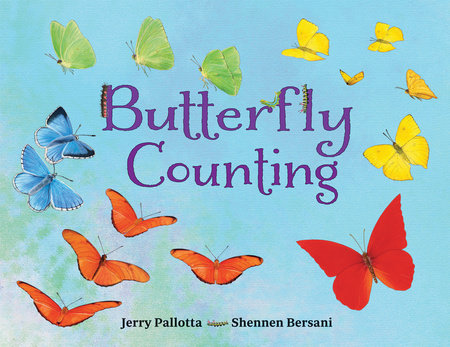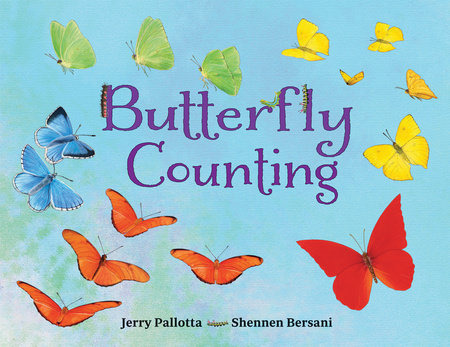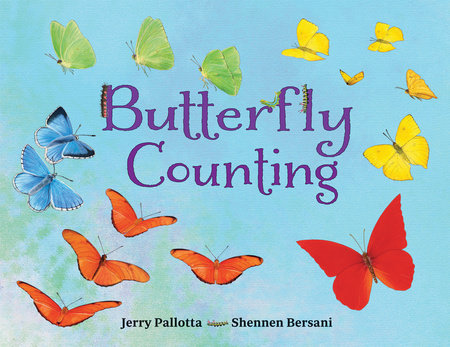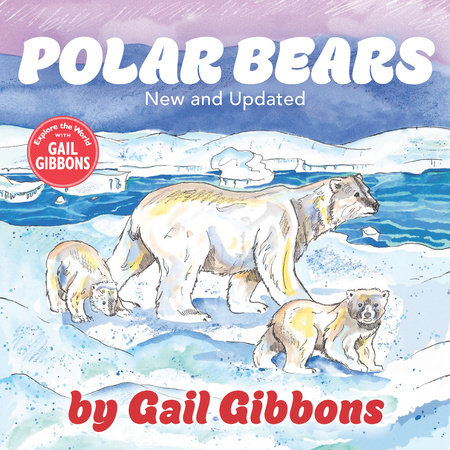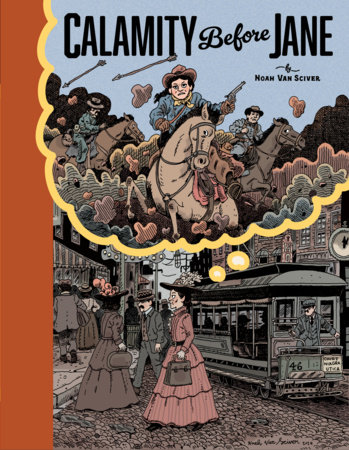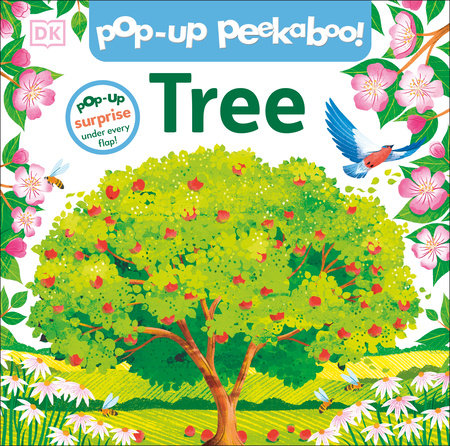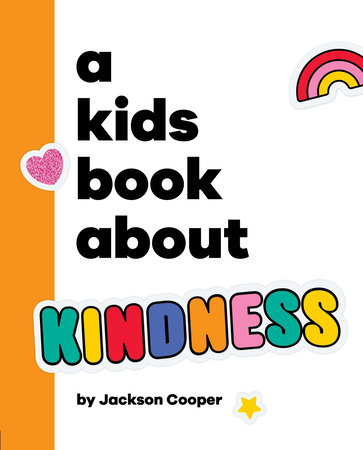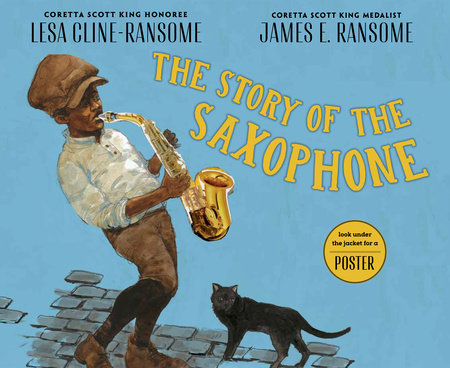An unusual butterfly book introduces facts about the insects, portrays 24 different species, gives the word for “butterfly” in 27 languages other than English, and counts up from zero to 25.While the numeration provides the organization, this is far more than a counting book. Beginning with the fact that there are no butterflies in Antarctica, the author goes on to surprise readers with a spread of 20 colorful moths, highlighting the confusing similarities between the two species, although not explaining their actual differences. Then the proper count begins, with each page presenting a different species, an interesting fact and a word for “butterfly” in another language, including Mandarin, Finnish, Navajo, Tagalog and sign. From one to 10, each species is also a different solid color; Nos. 11 through 19 are multicolored, and the 20th shows eggs. Then there’s a surprise: 21 different caterpillars. To finish, there are chrysalises and more butterflies. The counting, particularly in the larger groups, takes enough effort to make this interesting to the likely audience. The facts feel arbitrarily presented but they are accurate, and the illustrations, done with colored pencil and digitally manipulated, are colorful and true-to-life. Sadly, there’s no index. This welcome reworking of the author’s earlier Butterfly Counting Book (1998) and board book Butterfly Colors and Counting (2013) offers learning opportunities galore.
–Kirkus Reviews
Expanding on the subject of their 2013 board book Butterfly Colors and Counting, Pallotta and Bersani take readers on a tour of the world’s butterflies, while encouraging their counting skills. Counting up to 25, Pallotta packs a notable amount of material into the book, detailing aspects of butterfly anatomy, behavior, development, and more (readers also learn how to say “butterfly” in two dozen languages, including Swahili, Tagalog, and sign language). Bersani’s detailed, naturalistic illustrations and Pallotta’s reader-directed questions (“If you were the first person to find this butterfly, what would you call it?”) ought to have readers intrigued by Amethyst Hairstreaks, Blue Triangles, and other colorful varieties of butterflies.
-Publishers Weekly
A beautifully illustrated book that can be enjoyed by a wide range of readers. Beginning with zero and going up to 25, this colorful counting book explores the beauty and diversity of butterflies. The text provides rich vocabulary words, and students are able to use context clues to determine meaning. Bold colors capture readers’ attention as various types of butterflies flutter in a counters ‘paradise. The author explains how to say butterfly in a different language on each page (“In the Hebrew language, a parpar is a butterfly. In Spanish, a butterfly is called a mariposa.”). On the science end, readers learn interesting facts about butterflies, such as how they camouflage themselves and how they use their feet to taste. This book is a fun and exciting way to learn about butterflies and reinforce counting skills. VERDICT A solid concept book with eye-catching artwork.
-School Library Journal
Technically, this is a counting book, but it’s a vibrant, detailed offering. Beginning with zero (a deprived penguin, in Antarctica, that will likely never have the opportunity to see a butterfly) and progressing up to 25, each page asks readers to count ever-increasing numbers of moths and butterflies. Eye-catching, realistic colored-pencil illustrations emphasizing unique colors and markings align with pithy text describing interesting life-cycle facts and tidbits of trivia, such as “The color and design on the top size of butterfly wings is almost always completely different than the underside” and “The word for butterfly poop is ‘frass.'” Each entry also provides the word for butterfly in a different language, including sign language. Young readers will likely enjoy counting the crisp, vivid drawings as well as attempting to pronounce the foreign words, such as borboleta, pulelehua, and rama-rama, among others, while older readres might appreciate the lively commentary. This is an attractive addition to counting books and will likely resonate with fans of Elisa Kleven’s Glasswings (2013).
–Booklist
